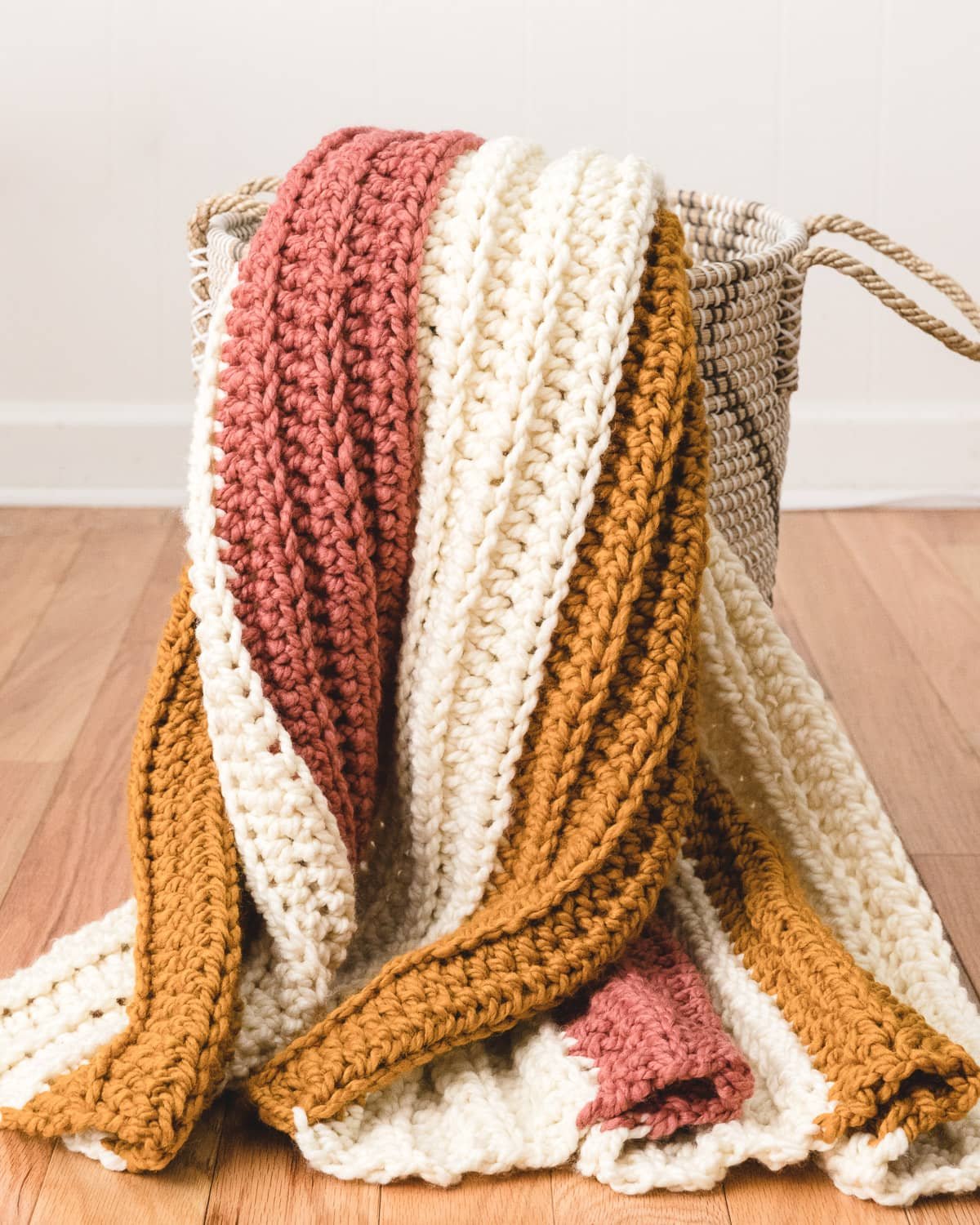The Crochet Blanket: An Intersection of Material Science, Structural Design, and Therapeutic Practice
The creation of a crochet blanket represents a sophisticated interplay of technical decision-making and creative expression. Far from a simple handicraft, its production involves a detailed analysis of material properties, an application of geometric and structural principles, and an engagement in a process with proven cognitive and psychological benefits. A deep examination of the craft reveals that selecting a yarn and pattern is not merely an aesthetic choice but a calculated engineering decision that dictates the final product’s function, durability, and therapeutic value. This report will explore the multifaceted nature of crochet blanket construction, delving into the material science of fibers, the structural mechanics of stitch patterns, and the profound psychological impact of the craft, positioning it as a complex and valuable discipline.
Material Science as the Foundation of Function
The functional success of a crochet blanket is predetermined by the scientific properties of its primary material: yarn. The choice of fiber is a critical decision that directly influences the blanket’s thermal properties, weight, durability, and maintenance requirements. Natural fibers like wool are prized for their exceptional warmth, a result of the natural crimp in the fibers that creates air pockets, providing superior insulation. [1][2] Wool is also breathable and elastic, allowing stitches to have memory and resilience. [2] However, it can be high-maintenance, often requiring hand washing, and the presence of lanolin can be an irritant for those with sensitive skin. [1][3] In contrast, cotton offers excellent breathability and is hypoallergenic, making it ideal for lighter, warm-weather blankets, though it lacks the elasticity and thermal efficiency of wool and can become notably heavy when wet. [1][3] Synthetic fibers, predominantly acrylic, present a cost-effective and durable alternative. [1][4] Acrylic yarns are hypoallergenic, machine washable, and available in a vast spectrum of colors, making them a practical choice for items requiring frequent cleaning, such as baby blankets or everyday throws. [2][5] However, acrylics are less breathable than natural fibers and are prone to pilling over time. [1] The construction of the yarn itself—such as a firm, worsted spin versus a loose, single-ply—also significantly impacts the final product’s durability and stitch definition, demonstrating that material selection is a foundational engineering choice. [4]
Structural Mechanics and Geometric Principles in Pattern Design
The visual appeal and physical characteristics of a crochet blanket are governed by the structural mechanics of its stitch patterns. Each stitch is a fundamental building block that creates a unique fabric with specific properties of density, drape, and texture. Recent research has begun to model these textiles using topology-based representations, analyzing how stitch size, yarn diameter, and pattern dictate the mechanical properties of the finished fabric. [6] For instance, the classic granny square is a modular design based on radial expansion, allowing for scalable and portable construction. The dense fabric of the waffle stitch, created by post stitches, forms deep pockets that trap air, significantly increasing the blanket’s insulating properties. Conversely, lace-like patterns utilizing V-stitches or shell stitches create a fabric with high porosity and drape, suitable for decorative or lightweight throws. The corner-to-corner (C2C) technique is a prime example of applied geometry, building the fabric on a bias by creating a grid of pixel-like blocks. This method is not just a construction technique but a system for translating digital charts and images into a textile format, effectively making the blanket a medium for data visualization, as seen in complex graphgans or botanical-themed blankets. [7] The choice of pattern, therefore, is an exercise in structural design, dictating the blanket’s thermal efficiency, flexibility, and visual complexity through the systematic arrangement of loops and stitches. [8]
Cognitive Benefits and the Therapeutic Process of Creation
Beyond the tangible product, the act of crocheting is a powerful therapeutic tool with scientifically documented benefits for mental health. The craft’s rhythmic, repetitive motions have been shown to induce a state of mindfulness akin to meditation, activating the body’s parasympathetic nervous system to counteract the stress response. [9] This process can lower levels of the stress hormone cortisol while stimulating the release of serotonin, a neurotransmitter that regulates mood and promotes feelings of well-being. [10][11] A 2013 study in the British Journal of Occupational Therapy found that 81% of respondents with depression reported feeling happy after knitting or crocheting. [11][12] Engaging in a complex craft like crochet also provides significant cognitive benefits. Following patterns, counting stitches, and managing color changes engage both hemispheres of the brain, enhancing focus, problem-solving skills, and memory retention. [9] Research from the Mayo Clinic suggests that engaging in such crafts can reduce the risk of cognitive decline in older adults by as much as 30-50%. [9][12] The process of creating a large-scale project like a blanket also imparts a sense of control and accomplishment, transforming abstract effort into a tangible, functional object. This can be particularly empowering, providing a structured outlet that fosters patience and boosts self-esteem one stitch at a time. [9][11]



